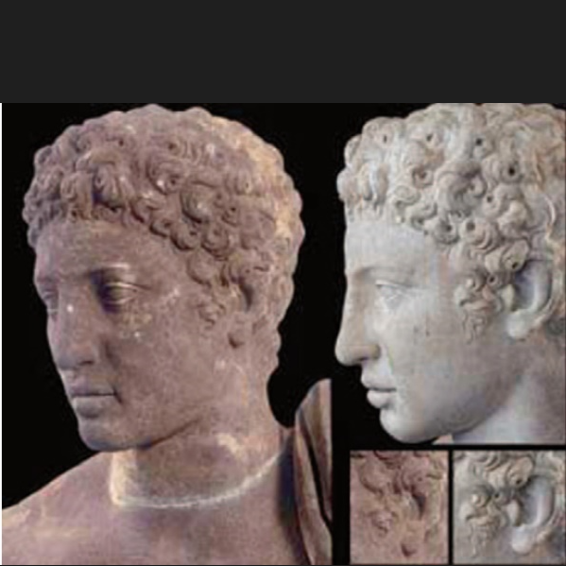 ×
×
The restoration of cultural artifacts is a delicate and essential process, aiming to preserve our cultural heritage for future generations. Among the various cleaning methods, laser cleaning technology has emerged as a promising solution for its non-...

The restoration of cultural artifacts is a delicate and essential process, aiming to preserve our cultural heritage for future generations. Among the various cleaning methods, laser cleaning technology has emerged as a promising solution for its non-contact and precise nature. In this case study, we explore how a renowned museum successfully utilized a non-contact laser cleaning machine to restore a collection of historical artifacts.
The museum houses a vast collection of artifacts spanning several centuries, including sculptures, paintings, and metalwork. Over time, these artifacts have accumulated dirt, dust, rust, and other contaminants, obscuring their original beauty and historical significance. Traditional cleaning methods, such as brushes or chemical solutions, could damage the delicate surfaces or alter their authenticity.
The museum turned to laser cleaning technology as a solution. The non-contact laser cleaning machine uses high-energy laser beams to gently remove contaminants from the artifact's surface. The laser pulses are precisely controlled, ensuring that only the contaminants are removed, leaving the underlying material untouched.
During the restoration process, the laser cleaning machine was operated by experienced personnel under the supervision of a conservator. The artifacts were carefully examined to determine the appropriate laser settings for each material and condition. The laser cleaning process was performed in a controlled environment to minimize any potential risks.
The results were remarkable. The laser cleaning machine effectively removed dirt, rust, and other contaminants from the artifacts' surfaces, revealing their original colors and textures. The delicate surfaces remained intact, preserving the artifacts' authenticity and historical value. The restored artifacts now sparkle with newfound beauty, attracting visitors and enhancing the museum's educational mission.
In conclusion, the non-contact laser cleaning machine has proven to be an effective and safe method for restoring cultural artifacts. Its precision and non-contact nature ensure that delicate surfaces are preserved, while contaminants are removed efficiently. Museums and cultural institutions around the world can benefit from adopting this advanced technology to preserve their valuable collections for future generations.